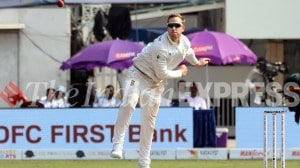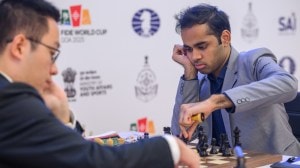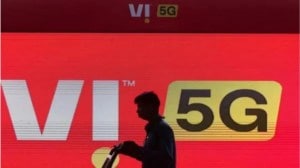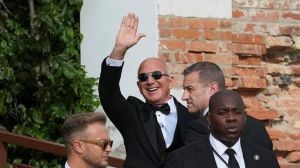Home products inferior to the seconds from abroad
Kolkata, January 23: Six goals conceded in two matches. It tells the tale of Indian team's pathetic show in the Sahara Cup. But then it wa...

Kolkata, January 23: Six goals conceded in two matches. It tells the tale of Indian team’s pathetic show in the Sahara Cup. But then it was not surprising that our senior national team had to undergo such humiliation against the second string sides from Iceland and Uruguay. It clearly indicates the dipping standard of Indian football.
Moreover, it also underlines the fact that it will take aeons before we could stand up and rub shoulders with the international powerhouses. Truly, we are still struggling to stay afloat at the international level. And the standard doesn’t impress much. But look at the second graded teams like Chile, Iceland, Bosnia, Yugoslavia or even Japan which has come here with their University students. Without Ivan Zamorano or Marcelo Salas, Chileans looked as impressive as their senior squad. Infact, without "Za-Sa" the Latin Americans had won the Olympic bronze at Sydney last year with aplomb.
Hector Tapia, Fernando Martel, Rafael Olarra, Sebasiten Gonzalez and others are being groomed for the future. Even the Japanese are here without Nakatas, Nakamuras or Takaharas. Those who have turned out in the Sahara Cup here will soon be graduating to the mainstream in a year or two.
Even former Olympian and captain PK Banerjee is impressed with the revelation that is Japan and their drills to find the net. "I watched the Japanese team find a route to goal in a 10 vs 1 situation where members passed to each other in an attempt to find the quickest route to goal," PK observed. The former technical director of the famed Tata Football Academy (TFA), appears to be caught up in a spell cast by Japan as he continues heaping lavish praise on Asia’s latest supreme force.
"Their training programme is remarkable. Right from warming up to ending the session with a bout of stretching, the Japanese have been absolutely disciplined," he added. Or take the case of Bosnia. Due to club commitments most of their frontline players couldn’t come with the team. The Balkan state, which broke away from the erstwhile Yugoslavia in the early 90’s became a football entity in 1993 and made their international debut two years later, just showed they too can be a major force in football.
On their way to the final, Bosnia had upset heavyweights like Uruguay and Chile with a team which is slowly finding their feet in the rigours of international football. So one can imagine the frenetic pace at which these countries have made rapid strides in the game.
The Europeans, Latin Americans or even Japan believe in sheer hardwork. But we Indians believe in promises and past records. We still boast of our two Asian Games gold and a fourth place at the Olympics. Despite the pre-tournament hype the tournament hasn’t gone well in the beginning.
Pull-outs, rescheduling and myriad protests marred the AIFF’s pet project. Doubt persisted over the standard of the tournament; but it can be agreed to an extent that quality-wise the tournament cannot be labelled as the "Milennium’s flop-show".
Stars like Marcelo Ramirez, Moises Villaroel or Tapia paraded their sublime skills. Japanese Ota Keisuke and Fukai Masai have already become household names in the city. Bosnia too have come here with some of their "would be stars".
Goalkeeper Adnan Guso, mercurial mid-fielder Almedin Hota and skipper Dzelaludin Muharemovic have earned kudos following their memorable 1-0 winover Chile in the semifinals. Yugoslavia is another side which are without any big names in their ranks. Under their coach Ilija Petkovic the team is being trained for the future.
Europe’s "Brazilians" comprise some of the most excellent ball players like skipper Ilic Sasa, Duljaj Igor and mid-field general Trobok Goran.
For Chile, this tournament has been an exposure trip for most of the players. World Cupper coach Nelson Acosta has also shortlisted a couple of players for Copa America Latin America’s premier tournament and their fortcoming World Cup qualifiers. With bigger names preferring to stay away, the tournament still gives you an insight into the standard and methodology of the teams.
It also gives a clear picture of the structure and resources that theseteam have at their disposal. So much so that they even maintain three to four national teams at a time!





- 01
- 02
- 03
- 04
- 05


























